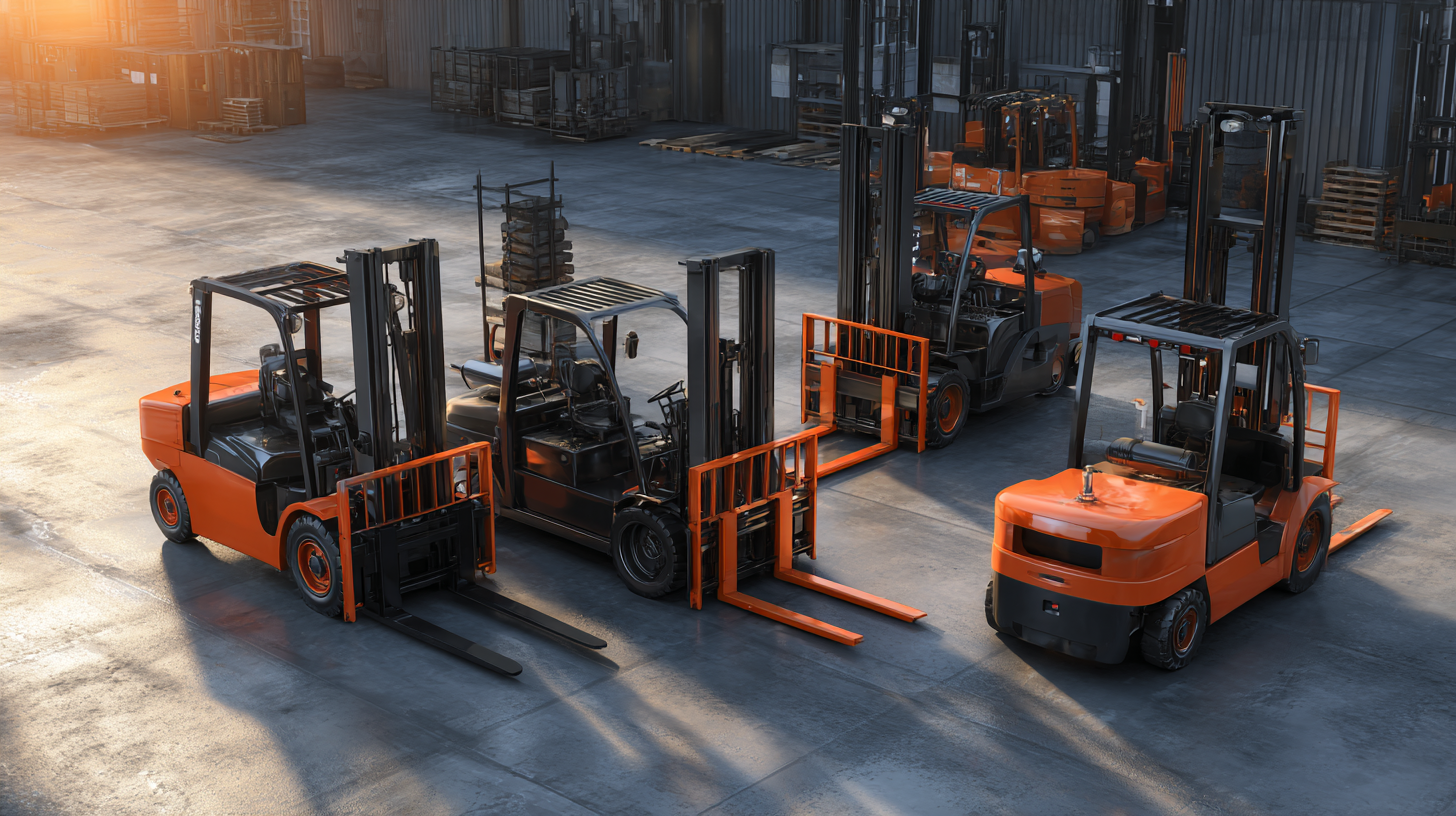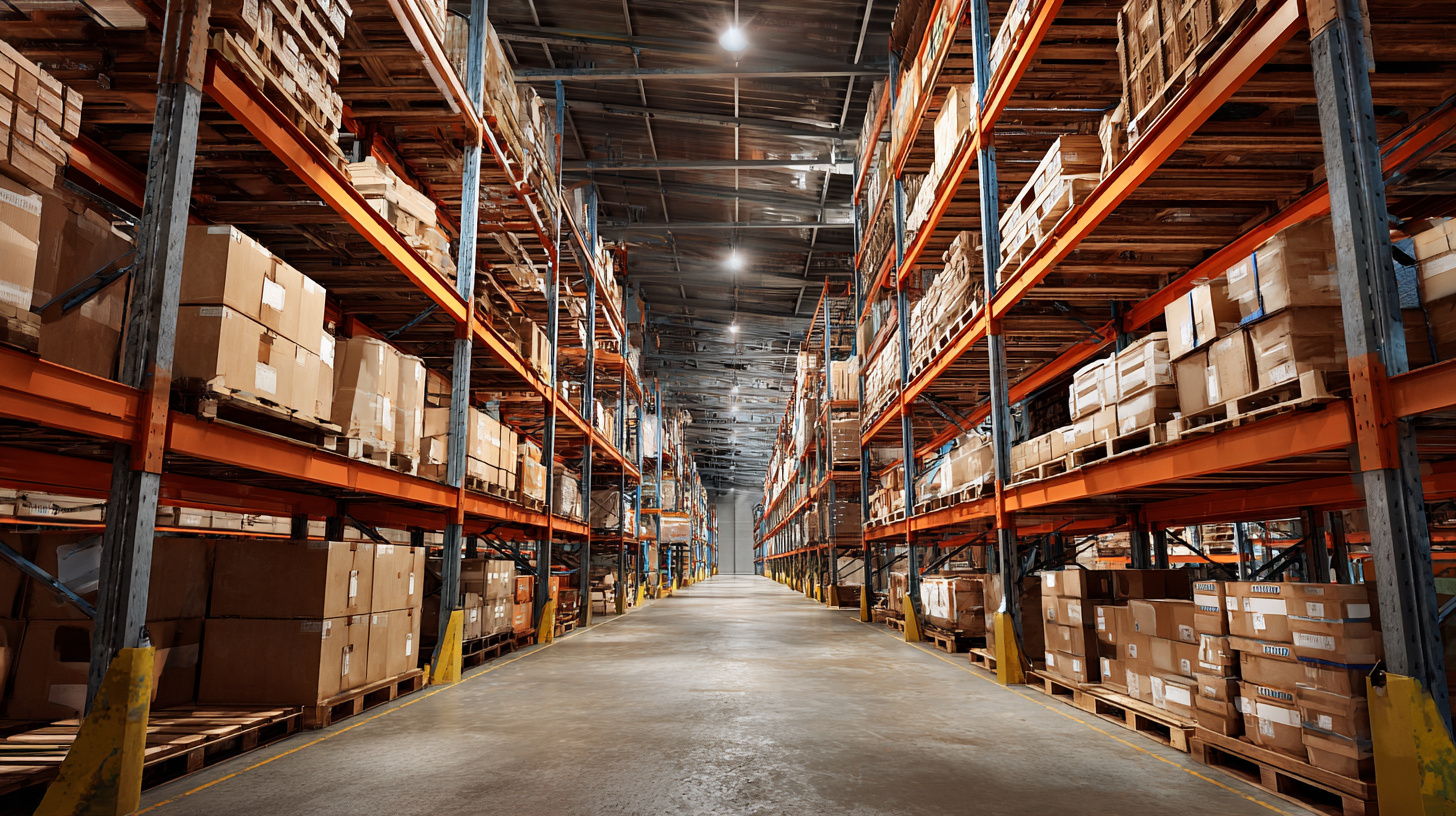Ultimate Guide to Choosing the Best Material Handling Solutions for Your Business Needs
In today's fast-paced industrial landscape, the optimization of operations is paramount, making the selection of effective Material Handling Solutions critical for businesses across various sectors. According to the Material Handling Institute, companies can experience efficiency improvements of up to 30% by implementing advanced material handling systems. With the global material handling equipment market expected to reach $260.4 billion by 2026, the importance of choosing the right material handling solutions grows even more substantial.

This guide will delve into the various aspects that businesses must consider when selecting the most suitable solutions to meet their unique operational challenges. From evaluating equipment types and technology to understanding the impact on overall workflow, this ultimate guide aims to provide valuable insights and practical recommendations for enhancing your business operations through effective material handling.
Identifying Key Factors in Material Handling Solutions for Manufacturing Industries
 When selecting material handling solutions for the manufacturing industry, it's crucial to identify key factors that can significantly impact productivity and efficiency. One primary consideration is the type of materials being handled. Different materials require specific handling methods and equipment, so understanding your inventory's weight, size, and fragility is essential. This knowledge will help you choose the right equipment that can manage your materials safely and effectively.
When selecting material handling solutions for the manufacturing industry, it's crucial to identify key factors that can significantly impact productivity and efficiency. One primary consideration is the type of materials being handled. Different materials require specific handling methods and equipment, so understanding your inventory's weight, size, and fragility is essential. This knowledge will help you choose the right equipment that can manage your materials safely and effectively.
Tips for choosing the right handling solutions include evaluating the workflow within your facility. An efficient layout can reduce delays and optimize operations. Implementing automated systems such as conveyor belts or robotic arms can enhance speed and accuracy in handling materials. Additionally, consider the scalability of the solutions you choose. As your business grows, your material handling needs may evolve; therefore, investing in flexible, adaptable systems will save you time and resources in the long run.
Finally, do not overlook employee training and safety. Ensuring your team is well-trained in using the chosen handling equipment minimizes risks and enhances overall efficiency. Regular safety assessments and the implementation of best practices in material handling can lead to a more productive and safer working environment.
Evaluating Customization Options for Enhanced Efficiency in Material Handling
When selecting material handling solutions for your business, customization options play a critical role in enhancing operational efficiency. The global market for cargo handling equipment is projected to reach USD 50.21 billion by 2034, growing at a CAGR of 4.8%. This indicates a rising trend in businesses seeking solutions tailored to their unique needs. Customized systems not only optimize the workflow but also integrate better with existing operational setups, minimizing disruption during implementation.
Tips for Customization:
1. Assess Your Needs: Start by conducting a thorough analysis of your current processes. Identify pain points where efficiency is lacking, and use this data to guide your customization efforts.
2. Consult with Experts: Engaging with industry professionals can provide insights into the latest technology and trends. Their experiences can help ensure that your customized solutions are both innovative and practical.
3. Factor in Scalability: As your business grows, so will your material handling requirements. Choose solutions that can easily scale up or adapt to changing needs without requiring complete overhauls.
Investing in tailored material handling equipment now can position your business for long-term success, streamlining operations and enhancing productivity. Embrace the customization potential to stay ahead in the competitive market landscape.
Analyzing Cost-Effectiveness: Balancing Quality and Investment in Material Handling
When it comes to material handling solutions, businesses face the dual challenge of ensuring quality while keeping an eye on costs. Analyzing cost-effectiveness involves assessing not only the initial investment required for different handling equipment but also the long-term benefits and potential savings. High-quality materials might come with a steeper price tag, but they often result in fewer breakdowns and lower maintenance costs, which can significantly enhance operational efficiency over time. By investing in reliable solutions, companies can reduce downtime and improve productivity, ultimately leading to greater profitability.
Balancing quality and investment also requires a deep understanding of your specific business needs. Different industries may prioritize varying attributes; for instance, a manufacturing firm might focus on durability and load capacity, while a retail operation may lean toward flexibility and space-saving designs. Conducting a thorough analysis of your operational requirements can help in selecting equipment that meets your goals without overshooting your budget. Engaging with suppliers who offer a range of options allows for better comparisons and informed decision-making, ensuring the chosen solutions align with both performance expectations and financial constraints.
Cost-Effectiveness Analysis of Material Handling Solutions
This bar chart illustrates the cost-effectiveness scores of various material handling solutions. Automated systems scored the highest, indicating a strong balance of quality and investment, while manual handling scored the lowest, suggesting potential inefficiencies in cost-effectiveness.
Exploring Technology Innovations in Material Handling: Automation and Beyond
As industries continue to embrace the advancements of the Fourth Industrial Revolution, material handling solutions are becoming increasingly essential in optimizing operational efficiency. The integration of automation technologies, particularly in semiconductor manufacturing, is a prime example of this trend. With the rise of artificial intelligence (AI), manufacturers are leveraging automated material handling systems to enhance production processes, ensuring they meet stringent quality and output standards.
Recent developments indicate a significant push towards intelligent manufacturing practices, where automation transcends basic mechanization to incorporate data-driven insights. This shift enables manufacturers to adapt to changing market demands and supply chain dynamics effectively. Companies are investing in mobile robots and automated guided vehicles (AGVs) to streamline logistics, strategically positioning these technologies within industrial environments. As a result, businesses are not only improving their material handling capabilities but also fostering innovation that aligns with consumer needs and operational demands.
The growing focus on automation in material handling reflects a broader transformation in manufacturing sectors globally. As manufacturers navigate challenges like labor shortages and evolving consumer preferences, embracing cutting-edge technologies becomes imperative. Investing in sophisticated material handling solutions can facilitate a sustainable and resilient production model, providing a competitive edge in today's fast-paced marketplace.
Understanding Global Market Trends: Impact on Material Handling Solutions for Businesses
In 2023, the global market for mobile cranes reached a size of $19.15 billion and is expected to expand to $20.28 billion in 2024, ultimately growing to $31.69 billion by 2031, with a compound annual growth rate (CAGR) of 6.59%. This growth significantly highlights the increasing demand for compact and multifunctional cranes, driven by innovative construction practices and resource efficiency.
Tips for businesses looking to optimize their material handling solutions include assessing the specific needs of your operations. Understanding the nuances between different types of equipment, such as automated systems and hybrid vehicles, can aid in selecting the optimal blend of tools for efficiency. Moreover, considering the integration of technology into your material handling strategies can lead to increased productivity and reduced operational costs.
As market trends evolve, particularly with the forecasted growth in automated material handling equipment at a CAGR of 9.63% from 2024 to 2031, businesses should also stay informed about technological advancements. Networking with industry experts and participating in relevant workshops can provide insights that might inform strategic decisions, ensuring your business adapts effectively to the changing landscape.


